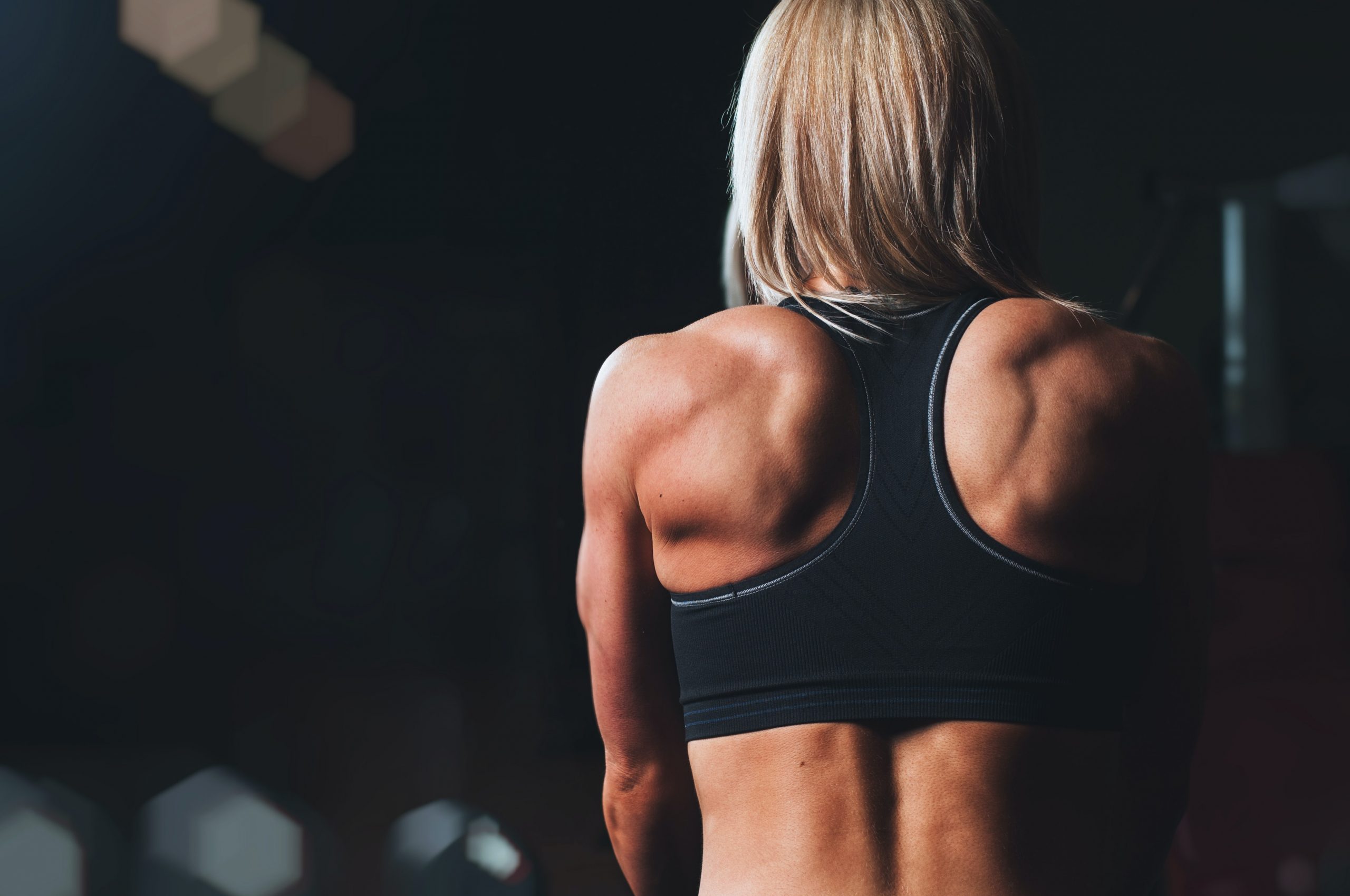The infamous rotator cuff! Everyone pretty much has heard about it, and it is one area of the body that I get the most questions. It’s often the most commonly named cause of pain in the shoulder, and most of everyone has known someone who had to have surgery on their rotator cuff. So, I thought it would be great to do a blog post on the basics of the rotator cuff.The rotator cuff consist of four muscles:
1. Supraspinatis
2. Infraspinatis
3. Subscapularis
4. Teres minor
The rotator cuff gets its name from the combination of the four muscles that form a cuff and the combination of tendons, ligaments, and connective tissue. This cuff is often called a capsule which most joints have. The capsule surrounds the joint and there is some fluid in this capsule. Sort of like your joints live in a water balloon.
The rotator cuff is kind of the “behind the scenes” guy for the whole shoulder joint. The shoulder has a ton of range of motion. Just think what the shoulder of a baseball pitcher or gymnast has to do for those sports. The rotator cuff coordinates the motion of the humerus (the ball) on the glenoid (the socket).
Imagine the head of the humerus as a golf ball sitting on top of a tee which would be the glenoid. The rotator cuff‘s job is to keep the ball (head of the humerus) in contact with the tee (glenoid) as the deltoid and other muscle of the upper body move the arm and shoulder.
The glenoid is surrounded by a labrum that forms a piece of cartilage that makes the cavity deeper. We would compare the cavity to that of a suction cup, which keeps the head of the humerus stabilized in the shoulder. The rotator cuff coordinates the head of the humerus to move around freely while also keeping it stable.
So what are some ways the rotator cuff gets injured?
The hands down most worst injury is that it can get torn. The narrow area under the acromion is often where the tear occurs and commonly it is the suprispinatus muscle that is torn. The injuries can happen within one episode or can happen from repeated stress.
With the second type of injury , sometimes the muscles surrounding the rotator cuff get overworked and the rotator cuff then gets inflamed forming tendinitis.
Here at Mission Move, we go about treating and fixing injuries of the rotator cuff by making the entire shoulder structure as strong as possible.
The four muscles of the rotator cuff aren’t the only muscles that act on the shoulder. There are many other big muscles that act on the rotator cuff and the injuries of the cuff can commonly be caused by deficits in one. The goal is always to return the patient to full function of the shoulder. The shoulder can have wear and tear just like your knees or hips. Most of the time the shoulder complex can be strengthened to the point that you can do almost everything even if the joint is not perfect.
Obviously, if the rotator cuff is completely torn, that usually requires surgery.
We love treating the rotator cuff at Mission Move Physical Therapy. If you live in Roswell, Alpharetta, or Johns Creek and you are having some shoulder pain and wonder if it’s your rotator cuff, please reach out. We would love to chat with you on the phone and see if we can help. Call/text: 678-400-0300. Or visit www.missionmovept.com.
